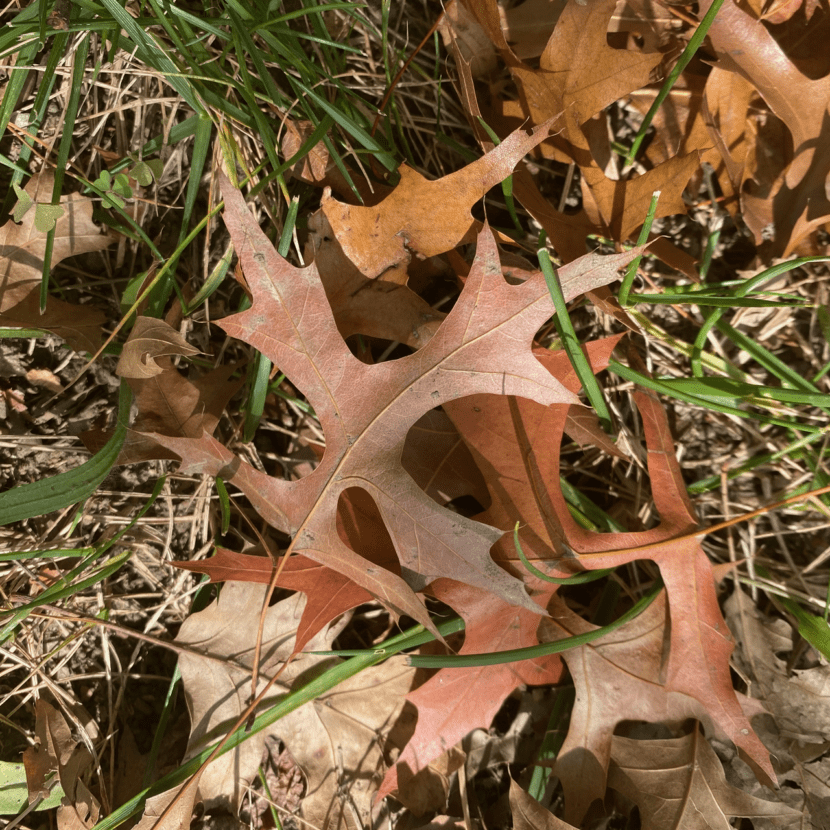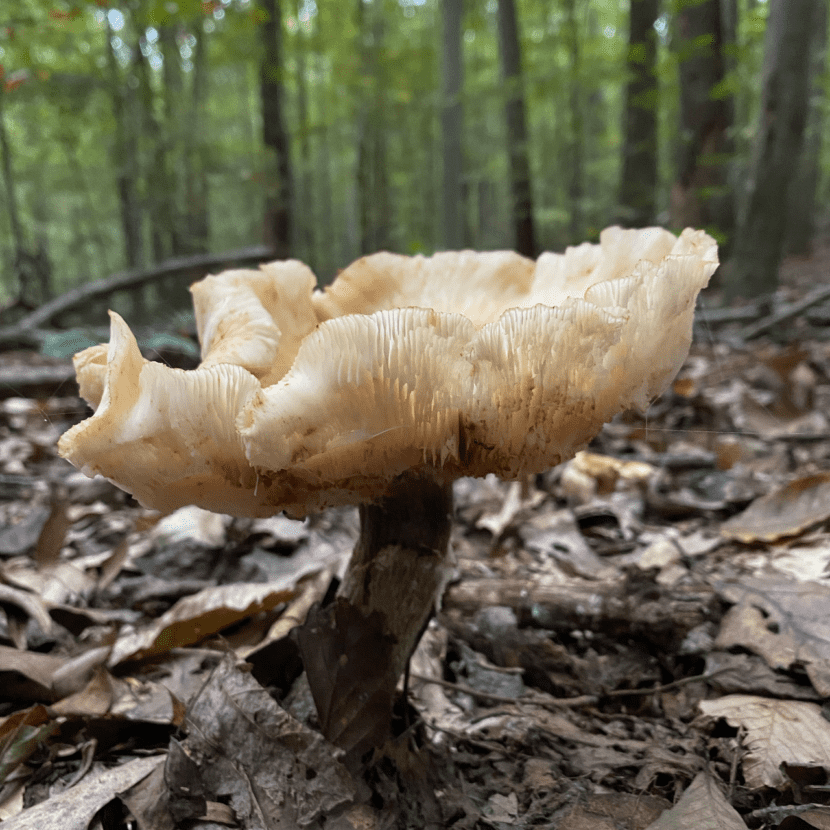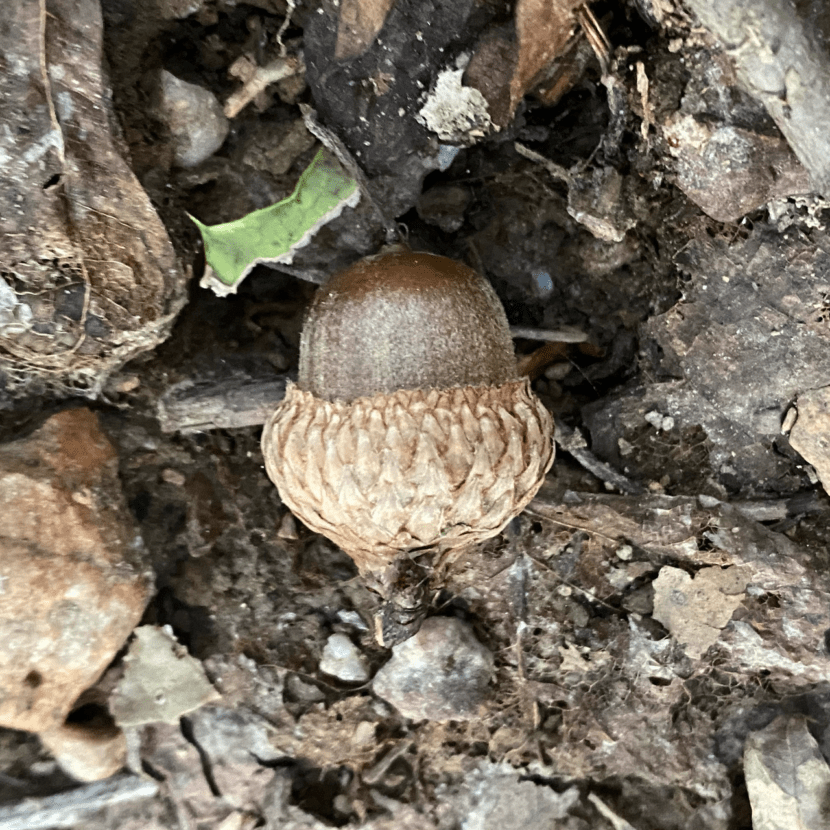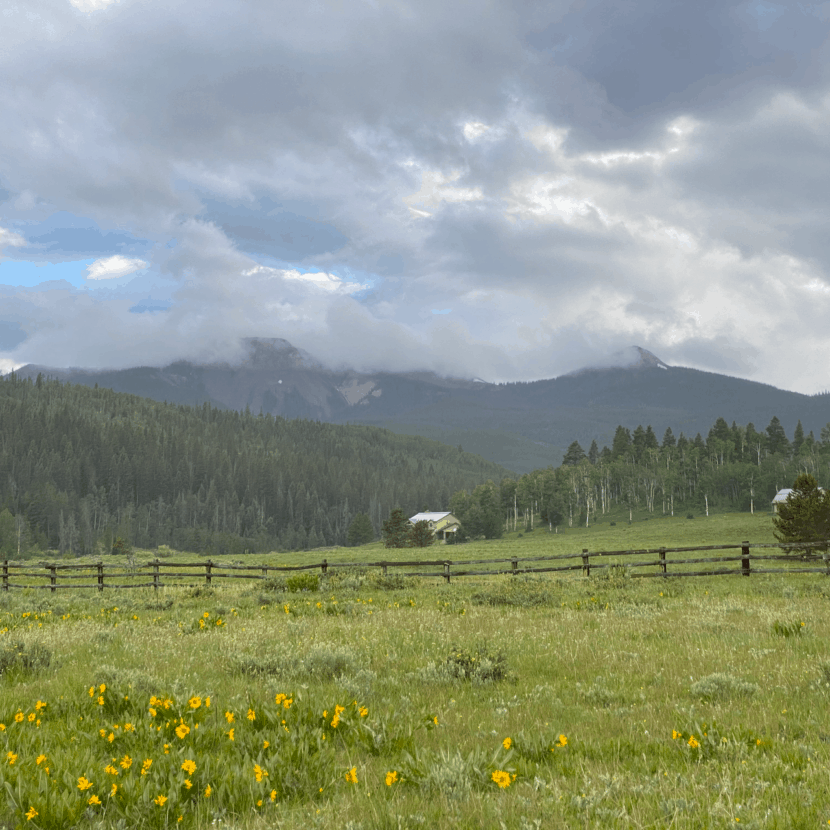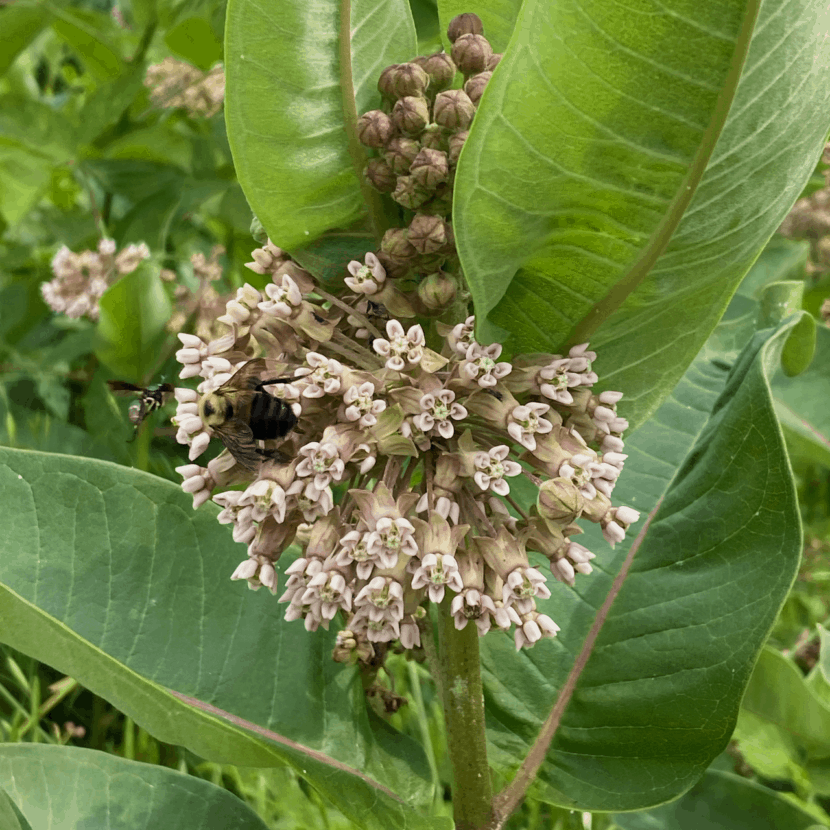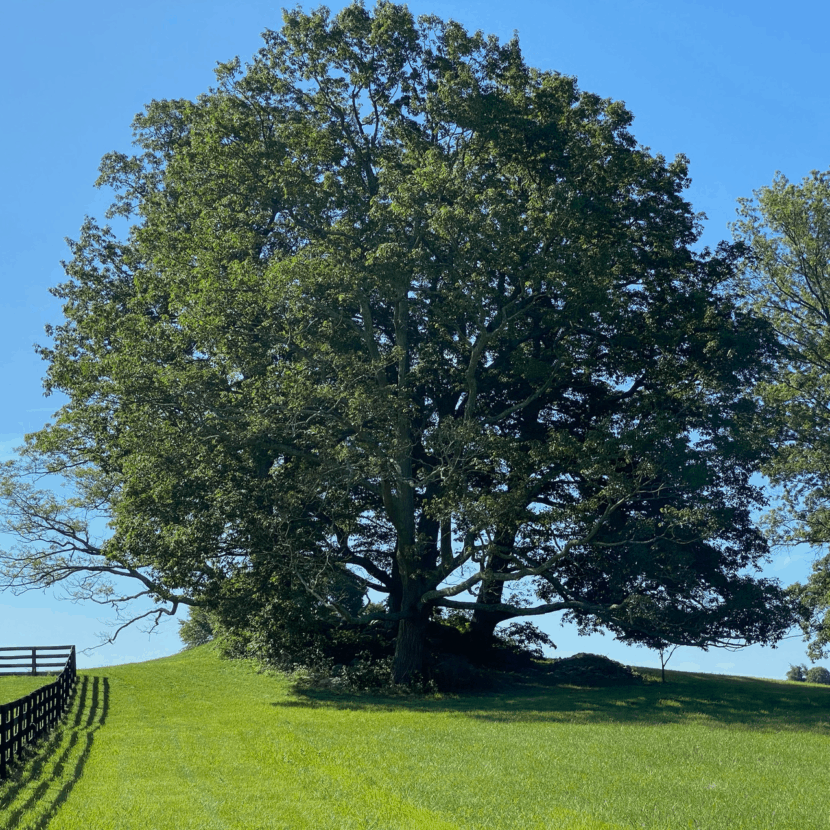Pin Oak – Fagaceae Quercus palustris Muenchh.
Pin Oak trees or Fagaceae Quercus palustris Muenchh. are easy to find in Virginia. They are fairly easy to identify be their leaves. The leaves are alternate on the branches. They are 3 to 5 inches long, and they are 5-7 lobes. The tips or ends of the lobes are bristled. The sinuses, or area […]
